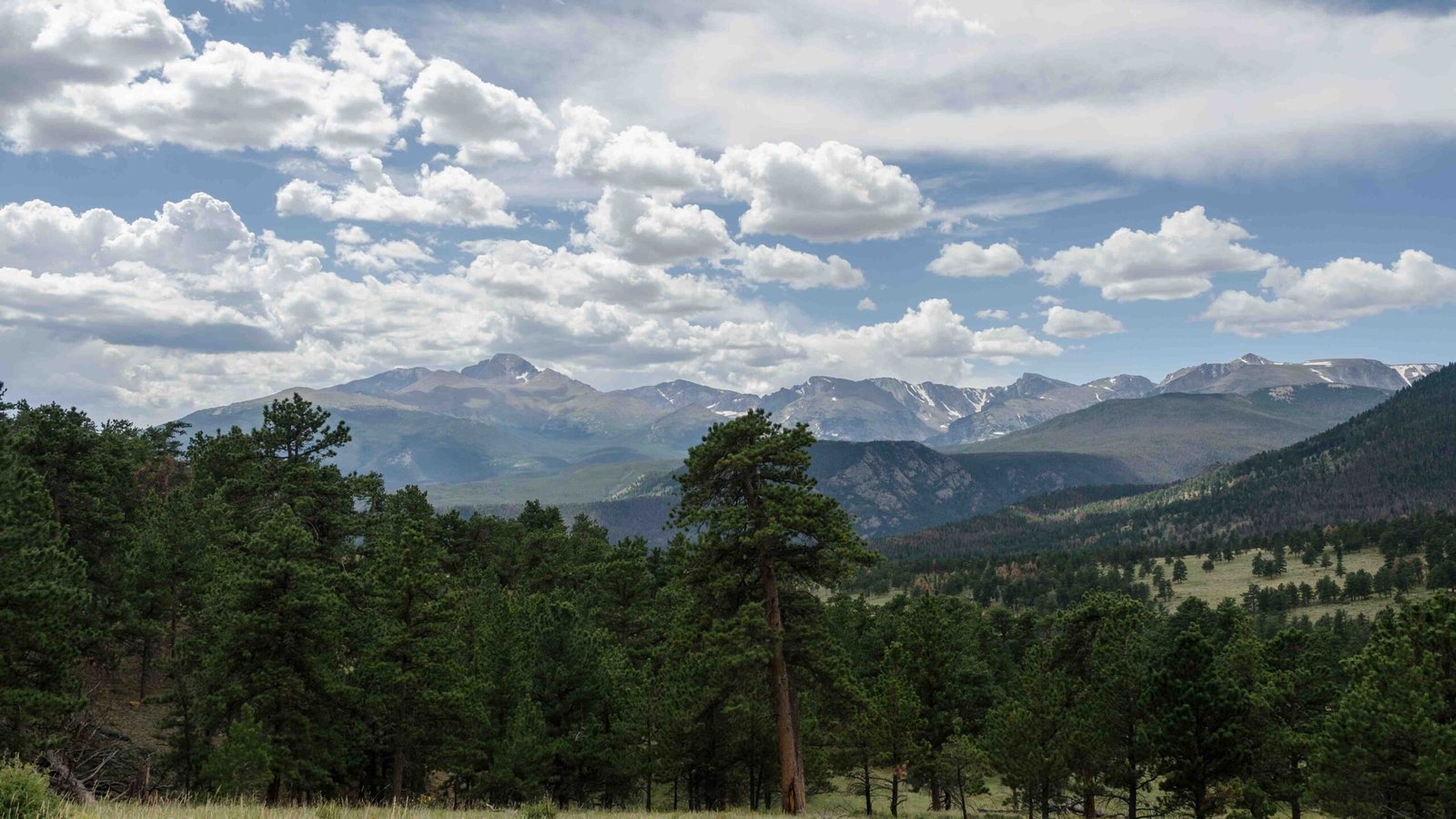The North Fork area of Rocky Mountain National Park offers a serene wilderness experience with diverse hiking trails, backcountry camping opportunities, and pristine fishing spots. This remote section of the park, located in the northeast, follows the North Fork of the Big Thompson River, providing visitors with stunning mountain vistas, abundant wildlife, and a chance to explore less-traveled paths. The area is characterized by its lush forests, alpine meadows, and rugged peaks, making it a paradise for outdoor enthusiasts seeking solitude and natural beauty.
What Are the Key Features of the North Fork Trail?

The North Fork Trail is a prominent feature of this area, offering hikers a challenging yet rewarding experience. Here are some essential details:
- Trail Length: Approximately 10.5 miles one way from Dunraven Trailhead to Boundary Creek campsite 1
- Elevation Gain: About 1,698 feet
- Difficulty: Moderate
- Notable Landmarks:
- Chaley Camp (private property) at mile 1.15
- Crosses into Rocky Mountain National Park
- Wildlife Sightings: Opportunities to see elk and moose
The trail follows the North Fork of the Big Thompson River, providing scenic views and a gradual elevation gain. It’s mostly shaded, making it suitable for summer hikes, but hikers should be prepared for some exposed areas.
What Camping Options Are Available in the North Fork Area?

Backcountry camping is the primary option in the North Fork area. Here’s what you need to know:
- Boundary Creek Campsites:
- Campsite 1 and 2 accessible via North Fork Trail
- Require backcountry camping permits
-
Basic amenities (no fire pits, restrooms, or water sources)
-
Other Backcountry Campsites:
- Located in Tonahutu Area and Hague Creek Area
- Some sites may have privies (e.g., North Inlet Group)
-
Natural water sources available (streams or rivers)
-
Permit and Cost Information:
- Backcountry permits required
- Fees: Approximately $30 per trip, plus $30 per person per night
- Reservations through the park’s backcountry office
What Are the Fishing Opportunities in North Fork?
The North Fork of the Big Thompson River offers excellent fishing opportunities:
Fish Species:
- Brook Trout
- Brown Trout
- Rainbow Trout
Regulations:
- Valid Colorado fishing license required
- Catch-and-release regulations in some areas
- Daily catch limits apply
Best Fishing Spots and Conditions:
- Look for slower currents and deeper pools along the river
- Summer and early fall are typically the best seasons
- Water levels and temperature affect fishing success
What Are the Best Hiking Routes for North Fork Views?
- North Fork Trail to Boundary Creek Campsite 1:
- Distance: 10.5 miles one way
- Elevation Change: 1,698 feet up and down
- Estimated Time: 6-8 hours one way
-
Features: Scenic river views, mountain vistas, mostly shaded
-
Dunraven Trail to Bulwark Ridge:
- Distance: Varies depending on segment hiked
- Elevation: Significant gain to reach the ridge
- Estimated Time: 4-6 hours for shorter segments
- Features: Panoramic views of wilderness and Rocky Mountain National Park
What Should Visitors Know About Wildlife in North Fork?
The North Fork area is home to diverse wildlife:
- Common Sightings: Elk, moose, mule deer
- Rare Sightings: Black bears, mountain lions
- Bird Species: Golden eagles, ptarmigans, Clark’s nutcrackers
| Wildlife Safety Tips |
|---|
| Keep a safe distance |
| Store food properly |
| Make noise while hiking |
| Carry bear spray |
How Can Visitors Prepare for Weather Conditions in North Fork?
Weather in the North Fork area can be unpredictable:
- Summer: Generally mild, but afternoon thunderstorms are common
- Fall: Cool temperatures, possibility of early snow
- Winter: Heavy snowfall, sub-zero temperatures
- Spring: Variable conditions, melting snow can cause high water levels
Visitors should:
1. Check weather forecasts before trips
2. Bring layers for temperature changes
3. Pack rain gear regardless of season
4. Be prepared for sudden weather shifts
What Are the Leave No Trace Principles for North Fork?
Visitors to North Fork should adhere to Leave No Trace principles:
- Plan ahead and prepare
- Travel and camp on durable surfaces
- Dispose of waste properly
- Leave what you find
- Minimize campfire impacts
- Respect wildlife
- Be considerate of other visitors
These principles help preserve the natural beauty and ecological integrity of the North Fork area for future generations.
